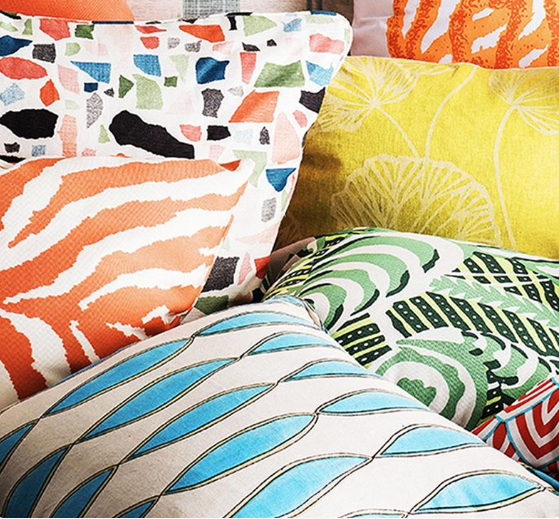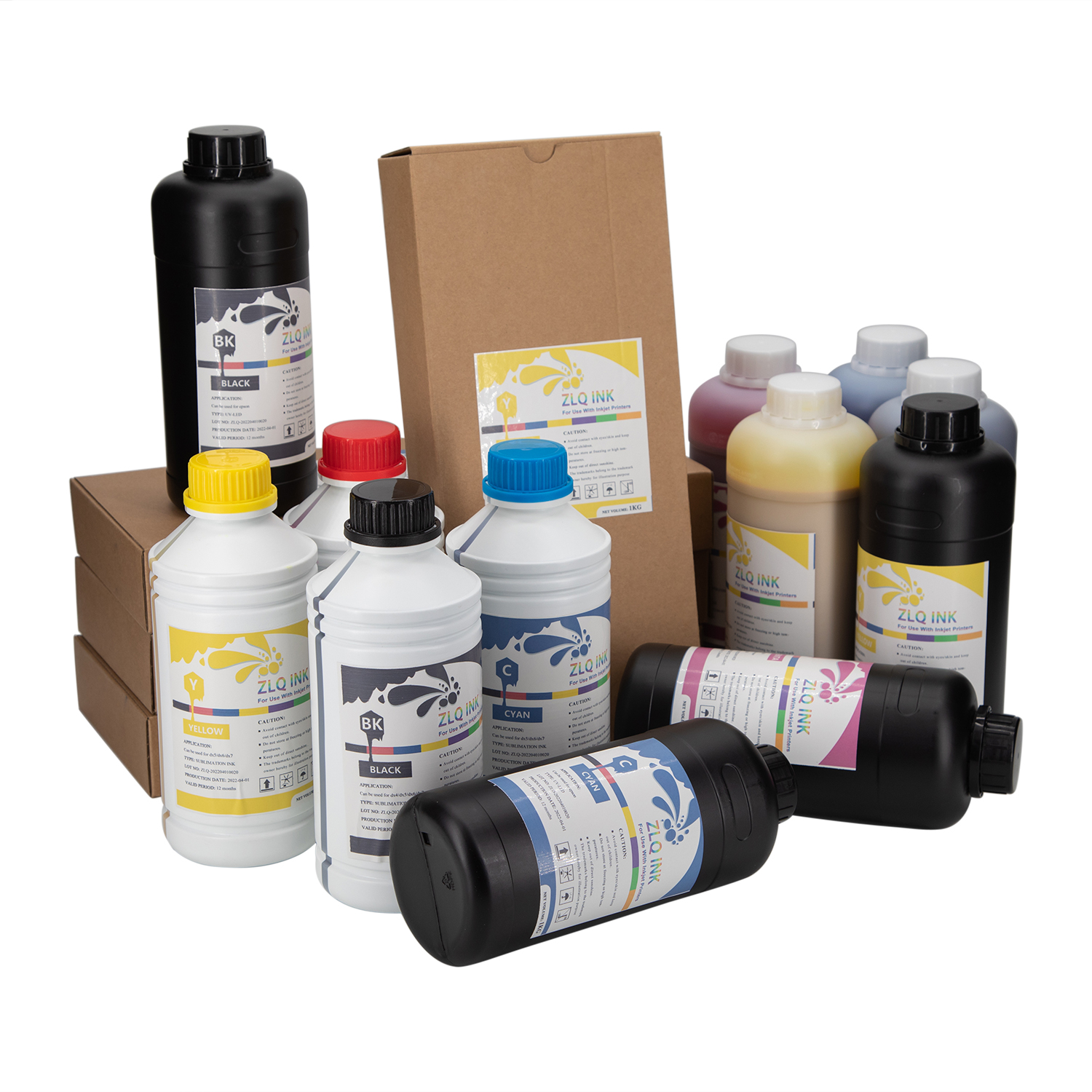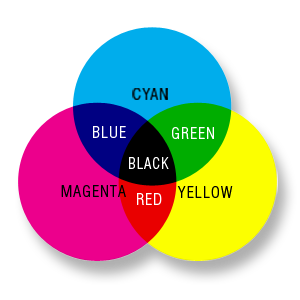
In recent years, the textile and garment industries in Vietnam and Cambodia have shown amazing growth, especially Vietnam, which not only ranks among the top in global textile exports, but also surpasses China to become the largest supplier to the US clothing market. According to a report by the Vietnam Textile and Apparel Association, Vietnam's textile and garment exports in the first seven months of this year are expected to reach US$23.64 billion, an increase of 4.58% over the same period in 2023. Clothing imports are expected to be US$14.2 billion, an increase of 14.85%.

Inflation in most major markets such as the United States and Europe has been controlled, which helps to increase purchasing power. In 2023, the inventory of various brands has decreased, and some textile and garment companies have now found smaller companies through the association to reprocess orders. Many companies have received orders for the end of the year and are negotiating orders for early 2025. Especially in the context of difficulties faced by Bangladesh, Vietnam's main textile and garment competitor, brands can transfer orders to other countries, including Vietnam. SSI Securities' textile industry outlook report also stated that many factories in Bangladesh have closed, so customers will consider transferring orders to other countries, including Vietnam.

Du Yuxing, Counselor of the Economic and Commercial Department of the Vietnamese Embassy in the United States, said that in the first few months of this year, Vietnam's textile and clothing exports to the United States achieved positive growth. This is a positive result when most countries that directly compete with Vietnam have negative growth rates.
It is predicted that Vietnam's textile and clothing exports to the United States may continue to increase in the near future as the autumn and winter seasons approach and suppliers actively purchase reserve goods before the general election in November 2024. Mr. Chen Rusong, Chairman of the Success Textile and Clothing Investment and Trade Joint Stock Company, which is engaged in the textile and clothing field, said that the company's export market is mainly Asia, accounting for 70.2%, the Americas accounted for 25.2%, and the European Union only 4.2%. So far, the company has received about 90% of the order revenue plan for the third quarter and 86% of the order revenue plan for the fourth quarter, and it is expected that the annual revenue will exceed 3.7 trillion VND.

Vietnam has been able to stand out in the textile and clothing industry and become a new favorite in the world, behind which is the profound change in the global trade pattern. First, Vietnam's depreciation of 5% against the US dollar has given it stronger price competitiveness in the international market. Enterprises are able to export products to the United States and other markets at a lower cost. In addition, the signing of the free trade agreement has brought great convenience to Vietnam's textile and garment exports. Vietnam has signed and implemented 16 free trade agreements covering more than 60 countries, which have significantly reduced or even eliminated relevant tariffs. Especially in its major export markets, such as the United States, the European Union and Japan, Vietnam's textiles and clothing enter almost tariff-free. Such tariff concessions have made Vietnam's textiles almost unimpeded in the global market and an ideal destination for global orders.
The large investment of Chinese companies is undoubtedly one of the important driving forces for the rapid rise of Vietnam's textile and garment industry.
In recent years, Chinese companies have made a lot of capital investment in Vietnam and brought advanced technology and management experience. This has not only promoted the modernization of Vietnam's textile and garment industry, but also helped Vietnamese companies improve production efficiency and product quality. China's help has rapidly improved Vietnam's position in the global supply chain of textiles and garments, and has become an important supply base for international brands. For example, Vietnam's textile factories have made remarkable progress in automation and intelligence. The technology and equipment introduced by Chinese companies have helped Vietnamese factories realize the full process of automated production from spinning, weaving to clothing manufacturing, greatly improving production efficiency. Vietnamese textile factories can already produce high-quality products that meet international standards and can deliver them quickly at a lower cost, attracting a large number of international orders.


In addition to Vietnam, Cambodia's textile and garment industry is also rising rapidly. With its cheap labor and relatively stable political environment, Cambodia has attracted a large number of foreign-funded enterprises, especially in the field of clothing manufacturing. Cambodia's textile and clothing exports have achieved rapid growth in the past few years and have become a force that cannot be ignored in the global supply chain.
The Cambodian government has made great efforts to attract foreign investment. Through a series of preferential policies and the construction of special economic zones, it has attracted a large number of textile and garment enterprises to settle in. In particular, in Phnom Penh and Sihanoukville, several large-scale textile and garment industry clusters have been formed. These factories not only produce clothing for export to the European and American markets, but also OEM production for many international brands.![]()